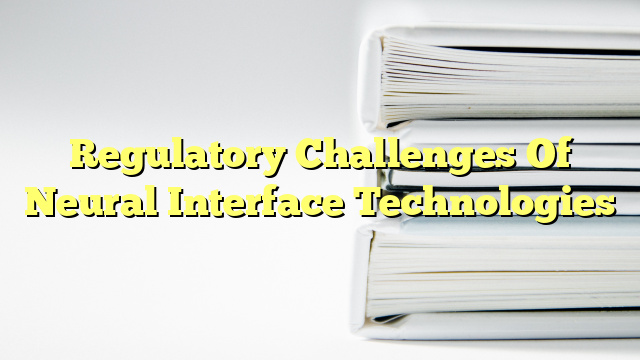Table of Contents
Major Challenges in BCI
Brain-Computer Interfaces (BCIs) have the potential to revolutionize the way we interact with technology and the world around us. However, there are several major challenges that need to be addressed in order to fully realize the potential of these technologies.
One of the main challenges is the development of reliable and accurate methods for interpreting neural signals. The brain is a complex organ, and decoding its signals requires sophisticated algorithms and machine learning techniques.
Another challenge is the need for long-term stability and reliability of neural interfaces. Implants or other devices that interface with the brain need to be able to function effectively for extended periods of time without causing damage or discomfort to the user.
Additionally, there are ethical and privacy concerns associated with BCIs. The ability to directly access and manipulate neural activity raises questions about consent, autonomy, and the potential for misuse of these technologies.
Risks of Neural Interfaces
While neural interfaces hold great promise, they also come with inherent risks. One of the main risks is the potential for invasive procedures required for implanting the devices. Surgery carries the risk of infection, bleeding, and other complications.
There is also the risk of unintended consequences or side effects. Manipulating neural activity could have unforeseen effects on cognition, behavior, or overall brain function.
Another risk is the potential for hacking or unauthorized access to the neural interface. If these devices are connected to external networks or devices, they could be vulnerable to security breaches.
Brain Computer Interface vs Brain Machine Interface
The terms “Brain Computer Interface” (BCI) and “Brain Machine Interface” (BMI) are often used interchangeably, but there is a subtle difference between the two.
A Brain Computer Interface refers to a direct communication pathway between the brain and an external device, such as a computer. It allows individuals to control devices or interact with software using only their thoughts.
A Brain Machine Interface, on the other hand, typically refers to a system that connects the brain to a machine or robotic device. It is often used in the field of neuroprosthetics to restore motor function to individuals with paralysis or other disabilities.
Example of BCI Technology
One example of BCI technology is the use of electroencephalography (EEG) to control a computer cursor. EEG measures the electrical activity of the brain using electrodes placed on the scalp. By analyzing these signals, researchers have developed algorithms that can interpret specific brain patterns associated with different commands, such as moving a cursor up, down, left, or right.
This technology has the potential to provide individuals with motor disabilities a new way to interact with computers and other devices, but it also highlights the need for further research and development to improve the accuracy and reliability of BCI systems.

